Unlock Indian Ancient Heritage with Childhood Memories of Rituals and Festivals
I grew up in a small township in rural Maharashtra, where our exposure to the rich culture of this great land was limited. While my family diligently practiced traditions and celebrated & experienced Authentic Indian Festivals with all rituals, we rarely understood their deeper spiritual or India’s cultural significance. Despite having migrated from Marwar four generations ago, they ensured that Gangaur was celebrated with all its festivities. Pola, too, was observed with equal enthusiasm in our adopted land of Maharashtra. It is indeed true that rural India remains more committed to customs and rituals than its urban counterparts.
Since we grew up in an era when summer holidays in my family were mostly spent with cousins and grandparents, relishing mangoes, and enjoying lazy nights under the open sky, visits to places of historical or cultural significance were almost unheard of.I got the opportunity to travel with my parents during their tirtha yatra. For me, the excitement was mostly about the journey itself.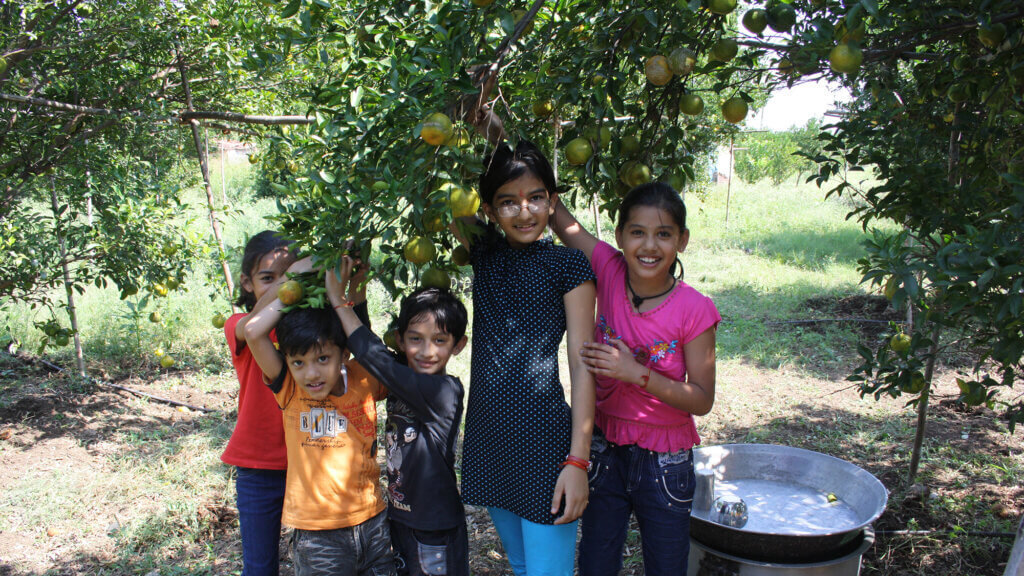
Beyond the oath we recited every morning at school—”India is my country, and I am proud of its rich and varied heritage”—our understanding of how truly great and diverse our culture was thus limited.
Awakening Through Music, Dance, and Built Heritage
This gap in awareness began to close during my graduation when I was introduced to the Society for the Promotion of Indian Classical Music and Culture Amongst Youth (SPICMACAY). 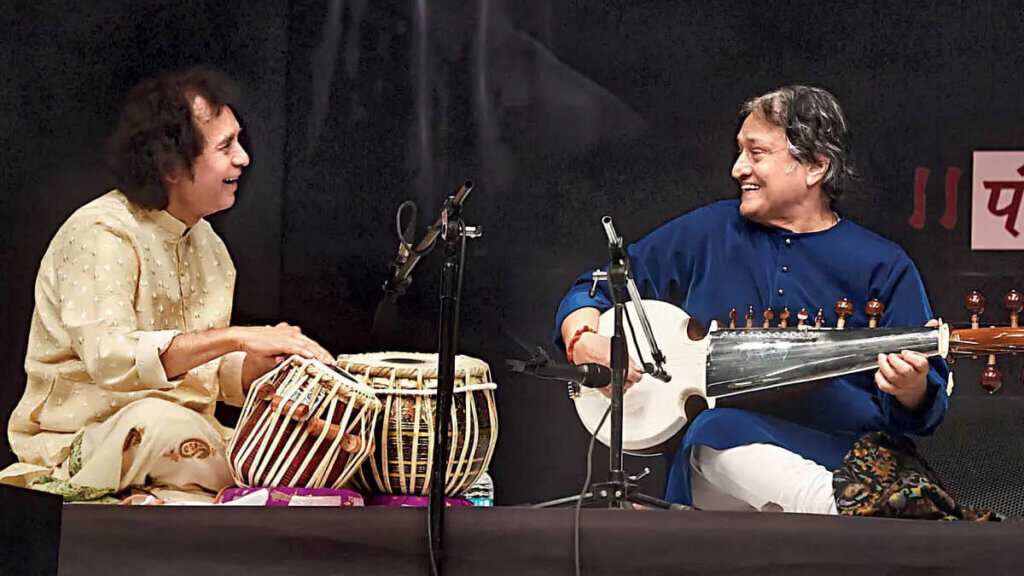 Soon, I found myself captivated by classical music and dance performances, frequently listening to them on my sound system and watching whenever possible on Doordarshan.My graduation studies also fueled this interest. They made me aware of the grand built heritage of our land.
Soon, I found myself captivated by classical music and dance performances, frequently listening to them on my sound system and watching whenever possible on Doordarshan.My graduation studies also fueled this interest. They made me aware of the grand built heritage of our land.
Before I knew it, I had become proud of the vast and varied heritage in spirit.
Over time, we were introduced to the Indian National Trust for Art and Cultural Heritage (INTACH), which emphasized the importance of conserving this great heritage. It was a realization that understanding heritage is what gives us roots and identity. Only by knowing where we come from can we truly appreciate where we are today and aspire for the future.
Exploring the Legacy of India’s Ancient Civilizations
My search for understanding our roots through the heritage left behind by our ancestors has taken me to places near and far. And through this, I’ve had the chance to appreciate the society and culture of ancient civilizations through the amazing structures they left behind. Each of these places has offered different insights into ancient life, thought, and ingenuity.
I have been in awe of the monumentality of pre-civilizational Stonehenge, marveling at the precision achieved by these prehistoric tribes; the exquisite beauty of the temples of Hampi, where every ruin blends seamlessly with the landscape of massive stone boulders; the enchanting experiences of Mandu, transporting you back in time; the imperial grandeur of Rome, mesmerizing you with its eternal continuity; and the spiritual vibes of Varanasi, making you lose yourself in its profound essence.
Wandering through streets, resting on pavements, interacting with locals, and understanding the crafts and arts of these places—these visits have undoubtedly deepened my understanding of where humanity, and specifically India, comes from.
When you visit Sarnath in Varanasi, you can be in awe of the profundity of the ancient. And when you visit Bhimbetka, marveling at the cave paintings, you can relate so much to the expression of ancient humans. Understanding our own identity as human beings in general, and as Indians in particular, through these visits has been enlightening. It is through these visits and records of events in history readings that a deeper understanding and hunger to know ourselves better has grown over time.
Reflections on Heritage Conservation
This journey has led to many reflections on the nature of heritage and its conservation. I have always marveled at the efforts made in the West to conserve and preserve their built heritage and how they have continuously recorded their history from ancient times. The way people there have valued its ancient buildings, art, and crafts—conserving the former and exhibiting the latter in numerous museums and galleries—is incredible.
Built heritage is a window to the past. We Indians are still waking up to the idea of keeping these windows open through conservation, restoration, and repurposing. While initiatives like the restoration of Humayun’s Tomb in Delhi 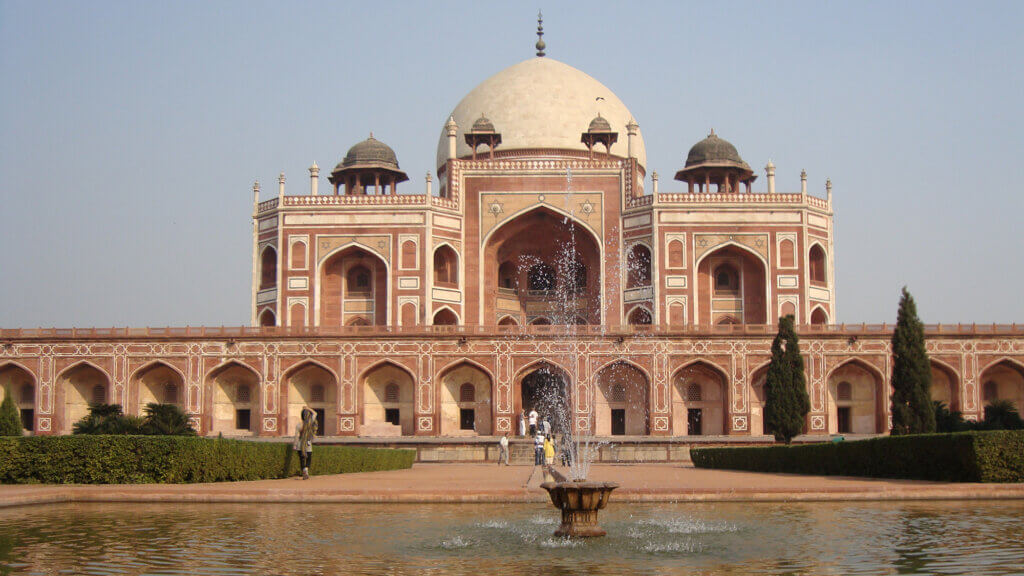 showcase how meticulous efforts can bring a historical structure back to its former glory, many challenges persist. Sites like the Hampi ruins struggle with inadequate funding and encroachments, threatening their preservation. Our land and our people, with a long tradition of arts and crafts, still lack intent and interest, facing the dual challenge of apathy and lack of awareness.
showcase how meticulous efforts can bring a historical structure back to its former glory, many challenges persist. Sites like the Hampi ruins struggle with inadequate funding and encroachments, threatening their preservation. Our land and our people, with a long tradition of arts and crafts, still lack intent and interest, facing the dual challenge of apathy and lack of awareness.
Embracing & Unlock Indian Ancient Heritage as a Way of Life
What I have realized through my reflections, though, is the other side to this seeming apathy.
Throughout the Vedic period, most of our ancestors showed little concern for constructing permanent structures for mortals. Most ancient structures we find are caves and temples, which are spiritual in nature. They also showed little interest in meticulously recording history, focusing instead on spreading the wisdom of the Shastras, Vedas, Upanishads, and Puranas among the people. It was the social system that was made robust through all this.
And that is what makes us what we are today. We are still living our heritage. For us, our heritage is not merely some dead, old built place; it is also what we live—it’s the rituals we perform as a society, the stories each of us grows up listening to and which have become so much a part of our being.
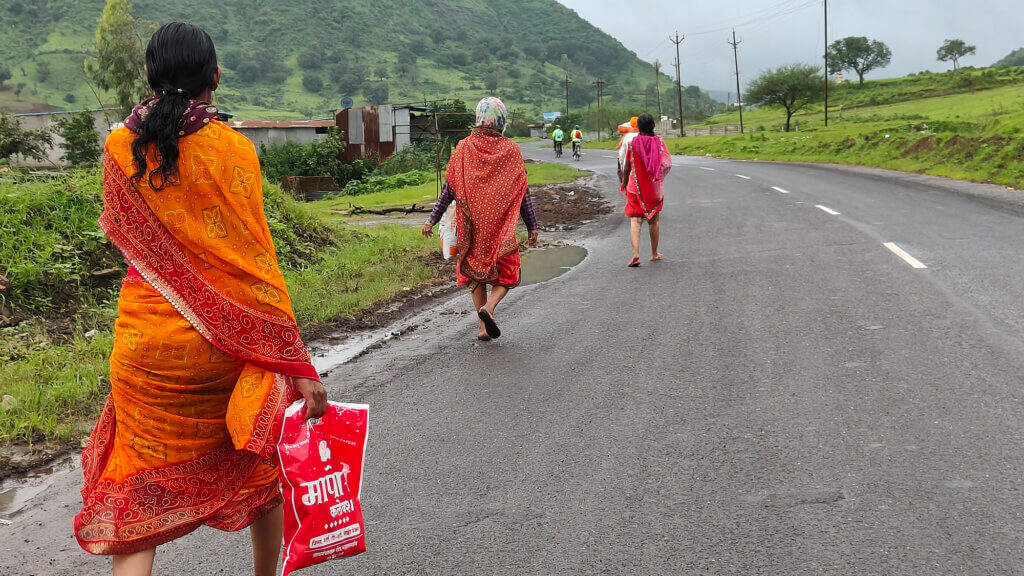
It is in the travels we take for pilgrimage. In the garments we wear, whether for weddings or pujas, or in the Sanskrit verses that are part of our daily vibrant Indian rituals and worship. Our heritage is embodied in these living practices. It is embedded in the art that the tribals and rural folks still practice as part of their day-to-day life, depicting various seasons, experience authentic Indian festivals, and celebrations.
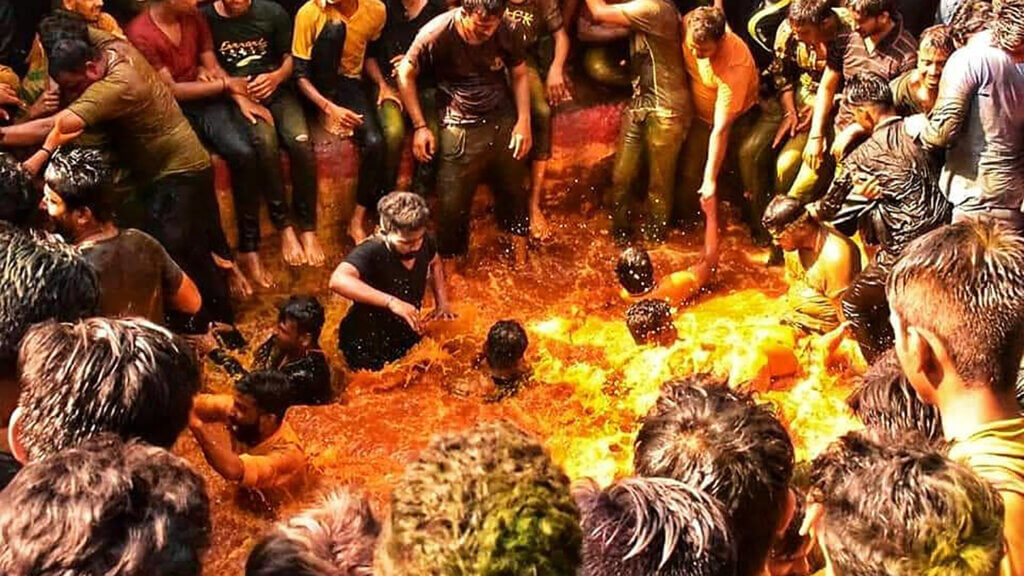 Whether it is Chhath Puja, where devotees stand waist-deep in rivers at sunrise, offering prayers to the sun god with colorful baskets of fruits and grains; Pongal, marked by the sweet aroma of rice and jaggery simmering in clay pots beneath vibrant kolams; or Diwali, celebrated with the warm glow of diyas, it’s remarkable how passionately we uphold these traditions, keeping our civilization alive and thriving for the last 5,000 years.
Whether it is Chhath Puja, where devotees stand waist-deep in rivers at sunrise, offering prayers to the sun god with colorful baskets of fruits and grains; Pongal, marked by the sweet aroma of rice and jaggery simmering in clay pots beneath vibrant kolams; or Diwali, celebrated with the warm glow of diyas, it’s remarkable how passionately we uphold these traditions, keeping our civilization alive and thriving for the last 5,000 years.
Indians, as a society, (while they should), may not care much for the lives and buildings of kings that ruled in the past, but we surely connect with our ancestors through the same rituals we perform, the art we practice, and the festivals we celebrate.
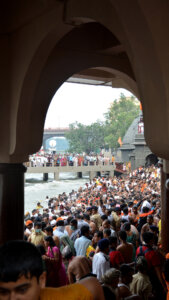 In celebrating the spirit of our intangible heritage—through rituals, stories, art, and festivals—we are reminded of the timeless connection we share with our ancestors. Yet, as we honor these living traditions, there is also a deep yearning to preserve the tangible remnants of our past. The built heritage, the structures that have withstood the test of time, deserve our attention and care.
In celebrating the spirit of our intangible heritage—through rituals, stories, art, and festivals—we are reminded of the timeless connection we share with our ancestors. Yet, as we honor these living traditions, there is also a deep yearning to preserve the tangible remnants of our past. The built heritage, the structures that have withstood the test of time, deserve our attention and care.
For it is through both the living practices and the lasting monuments that we truly understand the richness of our culture and the depth of our heritage.
Join me on this adventure, and I look forward to our shared exploration of the world through my lens.
Join Us on Social Media

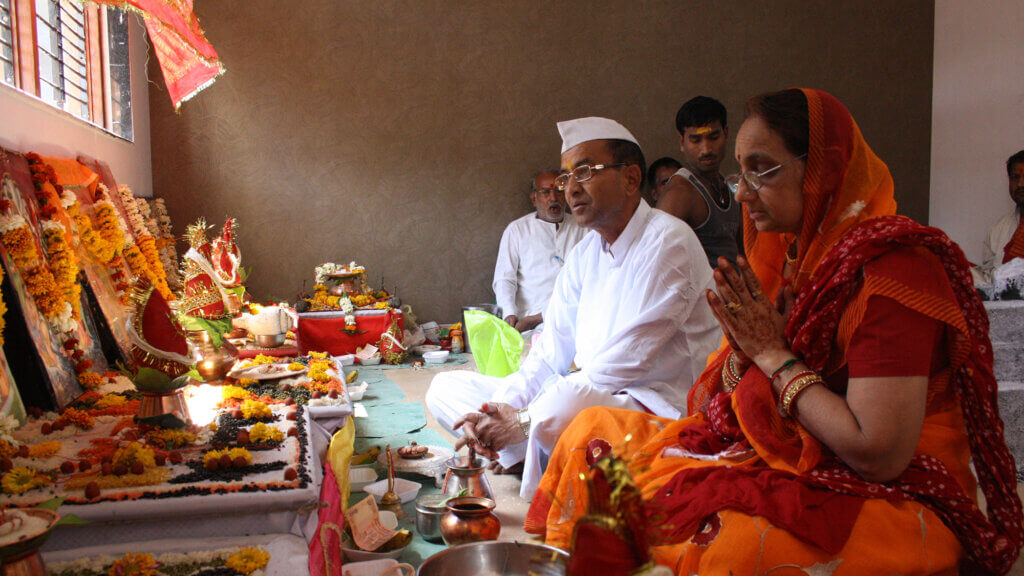
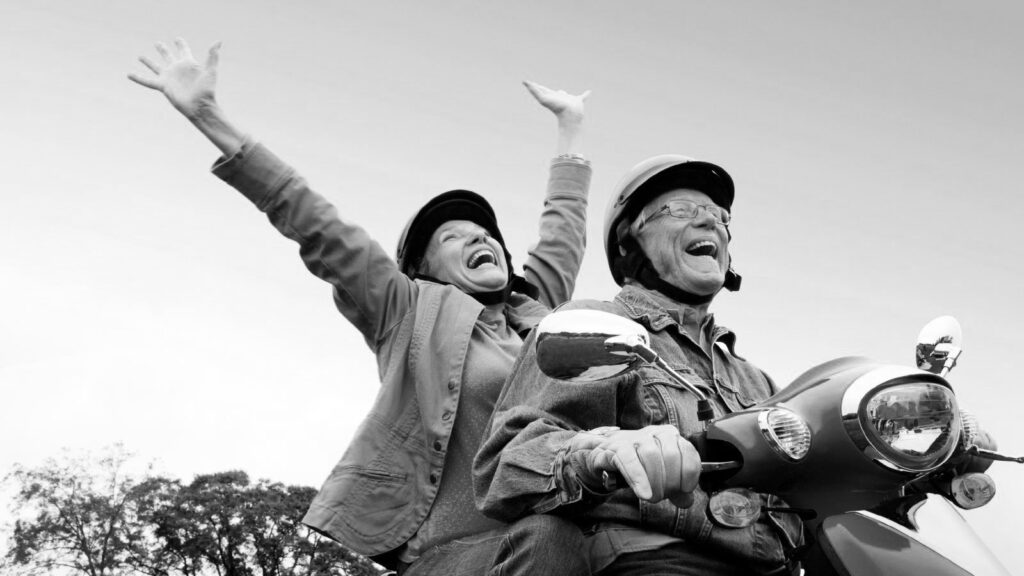
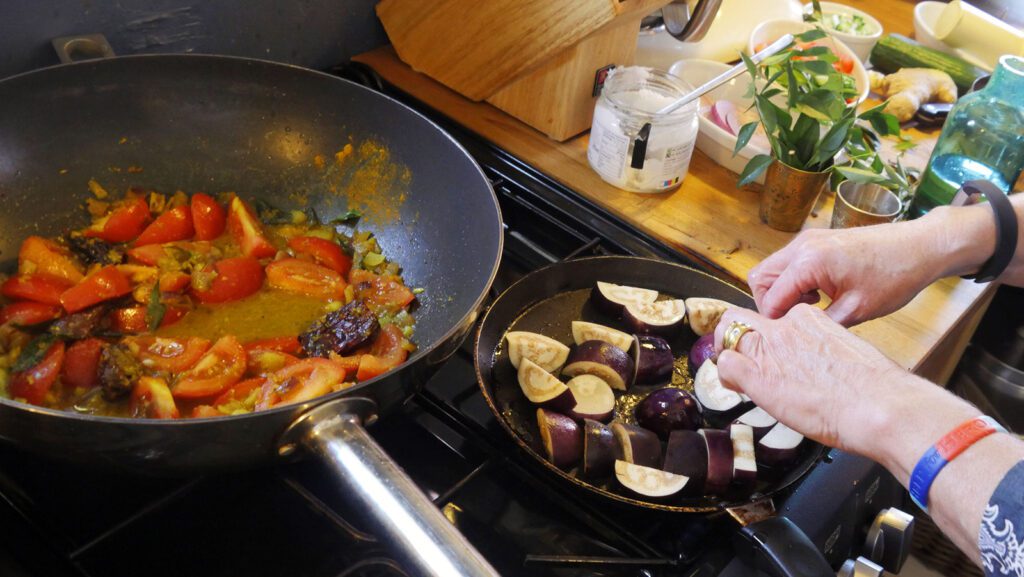
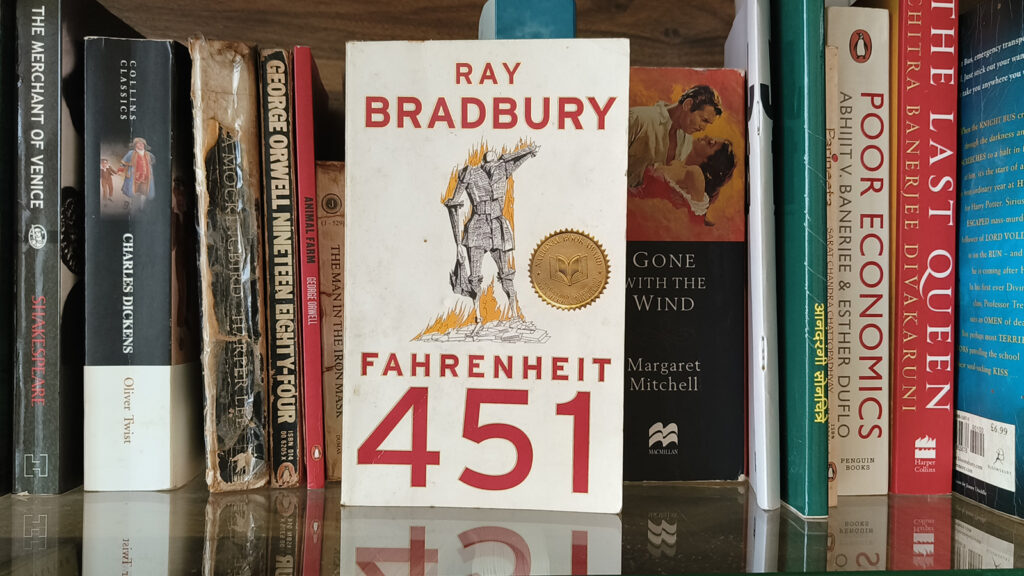
Very well written and relatable blog
Very pertinent write up krushna…
Thanks Priya